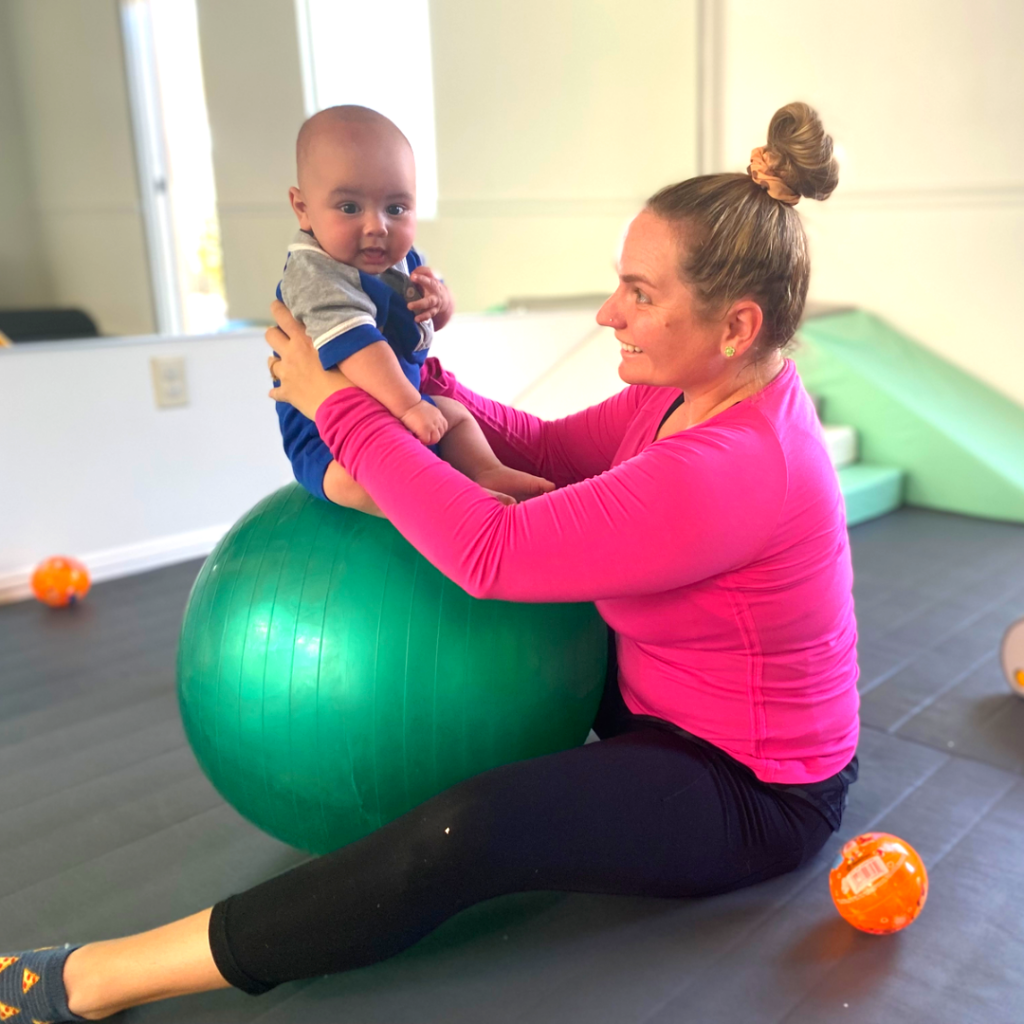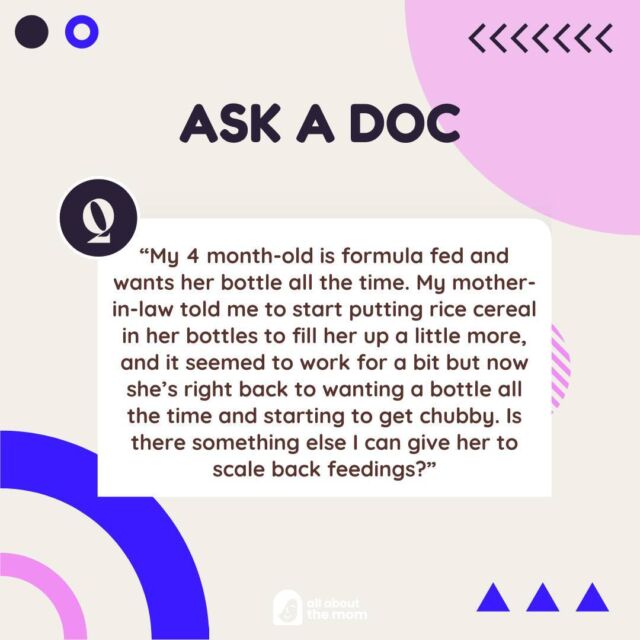As a pediatric occupational therapist, I get asked about sensory toys and sensory play a lot.
I am happy to share my expertise, but I don’t always feel parents and caregivers are asking the right questions. In the world of social media, parents can feel shame if they don’t make a picture-perfect sensory bin for every holiday or want to have slime or spaghetti tossed around their homes. But here is what I want you to know: we take in the world with our senses, so all play is sensory play! However, our senses are not created equal, and most often we are neglecting the most important one. This oversight is making our jobs as parents and teachers much harder!

Remember as a kid learning that you had 5 senses- sight, hearing, smell, taste and touch?
This was as incorrect then as it is now, but it was most likely never revised and may even be what you are teaching your own little one. This list leaves out the two most important senses, (especially for regulation) and these are vestibular and proprioception.
The gist [without getting into complex neuroanatomy] is that these two senses are how we figure out where our bodies are in space and help us to move around and interact with the world around us.

Most are more familiar with the vestibular sense, whose receptors reside in the inner ear and help decipher our head position in space. The love or hate we feel for crazy rides like roller coasters, motion sickness and our ability to get up from a lying position without falling over are all due to this keen sense. Further, across cultures and millennia, we instinctively rock and bounce our babies, as we know this vestibular input is calming to them even if we don’t know the complex circuitry to explain why. If you have ever taken your child for a ride in the car to put them to sleep, you have taken advantage of this system!
Less familiar but equally important to your child’s regulatory system and your sanity is what I and many clinicians like to call the 6th sense- proprioception.

Proprioception is the perception of the position, force and movements of our joints and limbs. For example, with your eyes closed, you can tell if your legs are crossed or you can touch your nose with you finger (as in a sobriety test). You can also grade how much force you put on something through experience with this system, as when you go to pick up a full milk jug versus an empty one. You get feedback to this system by moving your joints against resistance, as the receptors reside inside our joints.
Why is this important to you as a parent?
Every parent I’ve ever encountered in my practice has wanted some version of more sleep and/or fewer tantrums/behavioral issues. Proprioceptive input for your child is one of the most effective means to address these goals. Forego the ooey, gooey slime and picturesque holiday sand bin if you must, but let’s look at how to incorporate more proprioceptive input into your little’s day; this is the most essential sensory play!
In my clinical observation, I see a few flection points in early childhood where kids [on average] experience a precipitous drop in proprioceptive input, and you may be on the receiving end of more tantrums and disregulation in your child as a result. One key period is around 16-30 months (depending on their individual motor experience) after consolidating their walking skills. Before this shift, your tots get a tremendous amount of practice moving their joints against resistance as they crawl, tenaciously pull to stand thousands of times a day or scramble to pull themselves onto the couch. Their toys are also very heavy relative to themselves as infants, so picking up a book, puzzle or ball gives great resistive feedback to their joints. However, sometime around 18 months, this changes.
Walking becomes easy, toys become lighter and regulation issues may rear their ugly head.
Or your savvy little seeks new frontiers. You may find your toddler on the top of the dining room table or a dresser, jumping over the couch, climbing out a window or pushing furniture across the room. These are all signs they are seeking proprioceptive input. It’s important to help them find constructive and less dangerous means to get this important feedback!
Occupational therapists call the activities that give proprioceptive feedback “Heavy Work”, so this is a more helpful term you can search when looking for sensory play ideas.
However, here I share some toddler friendly recommendations I often give families to get you started in your home:
- Have your tot help carry heavy, non-fragile grocery items such as bags of rice, jugs of milk or cartons of juice across the house. (Find reasons to put them back across the room or bring them to the table at multiple points throughout the day!)
- Put their favorite books in a small backpack they can bring to you across the house for reading times.
- Encourage trips upstairs several times of day, especially before routines with a high sitting demand like mealtimes.
- Do activities that require overhead reaching, such as: spray and wipe the sliding glass door with a spray water bottle, take painters’ tape off the wall, put magnets on the fridge, stickers on a poster, or felt on a wall etc.
- Take their push-toy or car they used when learning to walk out to the grass for extra resistance.
- Take all the cushions off the couch for an obstacle course and then have them help put all the cushions back on again.
- Have them carry a watering can around the house or yard and water plants, bushes or trees.
- Show them how to pull their dolls and stuffed animals around the house on a towel or blanket like a little sled.
- Incorporate short “walks” at your tot’s pace rather than in the stroller and let them climb over rocks, curbs, stairs and uneven surfaces like hills.
- Find furniture in your house like their highchair, a toy bin, ottoman or even a laundry basket full of toys that your little one can safely push across the floor and find excuses to have them do it several times a day!
Play that incorporates the 6th sense is the most essential sensory play for your toddler and your sanity!
Think pulling, pushing, carrying, climbing, crawling or jumping when you think of proprioception. Of course, playground visits are wonderful as are swimming lessons or trampolines when available, but these may not be realistic for all families or seasons. However, it isn’t necessary to go far from home. Heavy work opportunities for your toddler are abundant around you and will make your days feel like less work. Let your toddlers do more of the heavy lifting in your household!
If problems of regulation persist or magnify (such as tackling, biting, or hitting etc.) or you need more support and ideas in terms of sensory regulation, talk to your child’s pediatrician or teacher about whether referral to a pediatric occupational therapist might be a good next step.

About the author
Cynthia Pepper, MS, OTR/L
@thetotspotphx
Cynthia Pepper, MS, OTR/L is a pediatric occupational therapist, feeding therapist and passionate educator. She has worked with thousands of children and families across 4 continents and has made it her mission to bring more happiness to households, especially at mealtimes. Cynthia wrote “The Everyday 8 Baby Guide”, a guide for new parents on motor development for babies 0-4 months, available on Applebooks. She is the creator and owner of the tot spot PHX, where she gets to work with families and delight in the joy of tots in classes and workshops on a daily basis in Phoenix, AZ. Through her consulting and therapy business, Cynthia works with families in the Valley and across the US.
She welcomes questions from the parent-hood at [email protected].
















